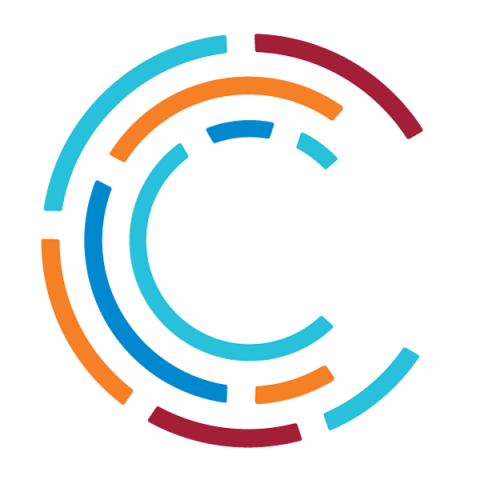CASE STUDY
An in-depth description of a firm’s approach to an IT management issue (intended for MBA and executive education)
This site uses cookies. Review our Privacy Statement.

An in-depth description of a firm’s approach to an IT management issue (intended for MBA and executive education)
Trinity Health of Novi, Michigan has sought to tame healthcare’s quality, cost, and accessibility problems by using enterprise-wide digitization, unification, and analytical decision making. It started by making strategic commitments to an enterprise-wide digital platform and a unified operating model. These commitments created a foundation for analytical decision making and organizational improvements. Operating units across the enterprise sought to adopt standardized information systems applications, standardized clinical and operational processes, and standardized data types and definitions. The standardization of applications, processes, and data definitions increased the quality of performance metrics and fostered performance benchmarking across similar operating units. Transparency of performance results strengthened accountability and fostered collaboration and best practice sharing across operating units. Lower performing units started to learn and adopt the best practices of higher performing units. This organizational learning enabled Trinity Health to increase the quality and efficiency of its care. The resources freed up by the efficiencies were used to increase the accessibility of Trinity Health’s services to poor and uninsured patient populations. Going forward, Trinity Health faces challenges in maintaining and upgrading its digitization, unification, and analytics foundation as it acquires new entities and co-evolves with the rapidly changing healthcare industry; expanding the foundation to all entities in its continuum of care; and building more sophisticated analytical skills and expertise to enable a more predictive enterprise.
Any registered, logged-in user of the website can read many MIT CISR Working Papers in the webpage from 90 days after publication, plus download a PDF of the publication. Employees of MIT CISR members organizations get access to additional content.



Founded in 1974 and grounded in MIT's tradition of combining academic knowledge and practical purpose, MIT CISR helps executives meet the challenge of leading increasingly digital and data-driven organizations. We work directly with digital leaders, executives, and boards to develop our insights. Our research is funded by member organizations that support our work and participate in our consortium.
MIT CISR wishes to thank all of our associate members for their support and contributions.
MIT CISR helps executives meet the challenge of leading increasingly digital and data-driven organizations. We provide insights on how organizations effectively realize value from approaches such as digital business transformation, data monetization, business ecosystems, and the digital workplace. Founded in 1974 and grounded in MIT’s tradition of combining academic knowledge and practical purpose, we work directly with digital leaders, executives, and boards to develop our insights. Our research is funded by member organizations that support our work and participate in our consortium.